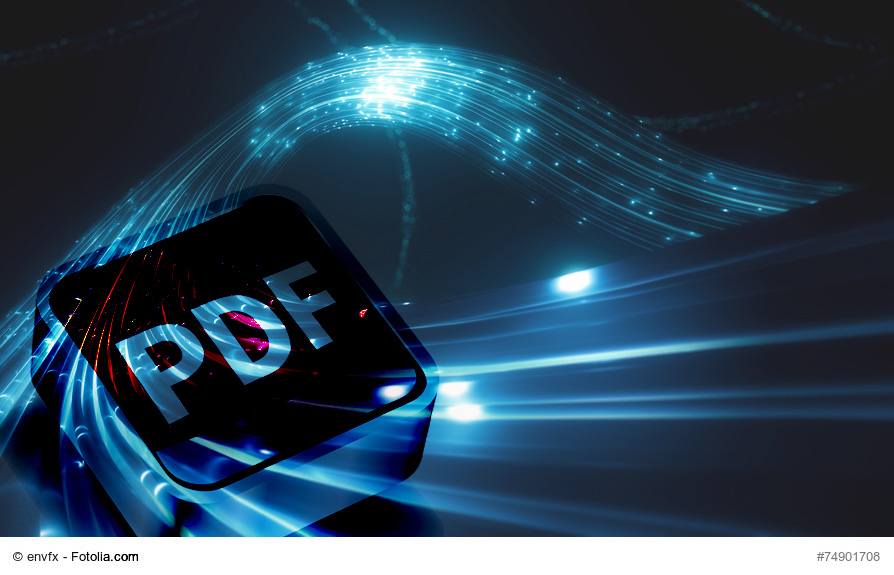PDF/R: Image format of the future
In our article on the new PDF Standards 2020, we already mentioned four new standard parts that will play an increasingly important role in the future. We also mentioned PDF/R-1 as a standard for the optimal storage and data exchange of multi-page raster image documents, i.e. above all scanned documents and photos.
New image format PDF/R
The special advantage of PDF/R is that on the one hand it offers the portability, i.e. good transferability of PDF, but at the same time it also offers important functionalities of TIFF.
For whom is PDF/R really interesting?
If the buzzwords backfile conversions, day-forward imaging and optimisation for the cloud are not foreign words to you, then the news on the subject of the PDF data format ISO 23504 (PDF/R) could be interesting:
ISO 23504 (PDF/R) is an ISO-standardised format for the storage, transport and exchange of scanned documents, primarily multi-page raster image documents such as scanned documents and photographs.
PDF/R as a new graphics format – just dreams of the future?
The imaging file format PDF/R (R stands for raster) could play a greater role in the future. This could be important above all for records management specialists and scanner manufacturers. The format was developed specifically to meet the demands of modern, standards-based workflows for document creation. Specifically, PDF/R supports uncompressed bitonal, greyscale and RGB images, as well as JPEG or lossless CCITT Group 4 fax compression, and can be created directly in very small embedded systems such as scanners. One can even go so far as to say that it is so easy to generate and interpret that it can replace the TIFF and JPEG file formats for capturing and delivering scanner output.
Advantages at a glance:
- PDF/R leverages the widespread support of PDF for viewing, printing and processing files.
- The simple and highly compressed format is ideal for use with IoT technology.
- PDF/R can help when you want to optimise cloud applications with minimal integration effort and without expensive library licensing costs, because it simply fits very well into existing work processes
- PDF/R’s features also include support for encryption and authentication, making it similarly extensible to PDF
In a nutshell:
PDF/R gives you the ability to take full advantage of the PDF format to optimise your imaging workflows and also allows you to add metadata, digital signatures and encryption to PDF documents directly with your scanner.

